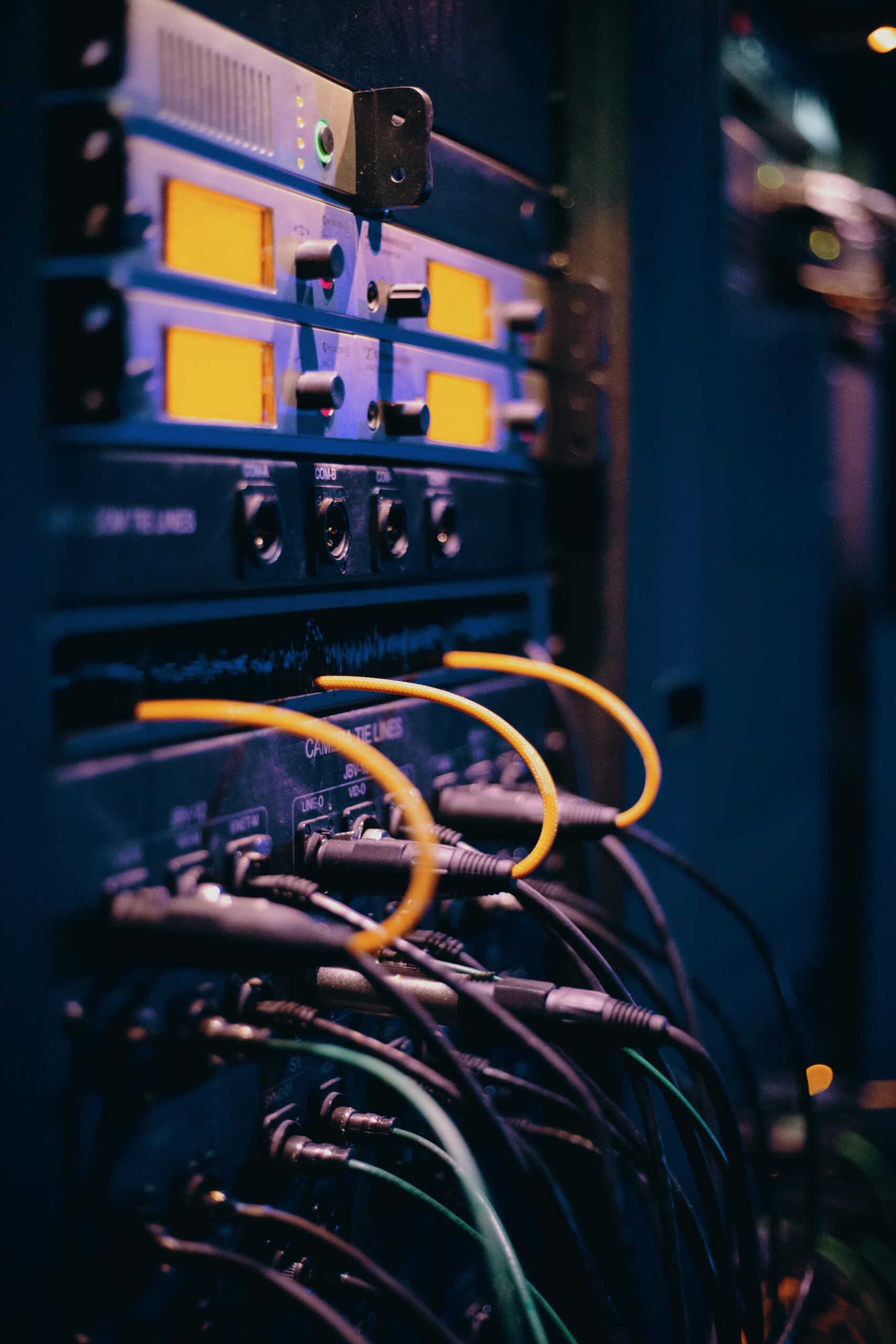
AV seadmete müük
Lumepix offers all the necessary equipment, software, and accessories that are compatible with your chosen hardware and ensure easy device management. Our equipment and software unlock numerous usage possibilities for every screen, offering additional flexibility and control over content display, scheduling, and management.
Media Equipment Offered by Lumepix
Media Players
We offer various player systems that allow LED screens and other screen solutions to display videos, images, and audio. Each budget and need is different. We have experience with a wide variety of systems - Onelan (Uniguest), Samsung Magicinfo, LG Supersign, Yodeck, Brightsign, Xibo, Displ, Navori, Prestigio-Addreality, Vnnox, Mysignage, Wiscreen.
Main technical features:
- Connectivity – HDMI, DisplayPort, VGA, USB, SD card slot, Ethernet, WiFi, Bluetooth.
- Supported file formats – MP4, AVI, MKV, MOV, JPEG, PNG, GIF, HTML5, PDF, and others.
- Screen Control
- Automatic content scheduling
- Remote control and monitoring
Controllers are necessary for monitoring LED screens and transmitting the image. We mainly work with Novastar systems.
Main technical features:
- Compatibility with various screens – Suitable for screens of different sizes, pixel pitches, and manufacturers.
- Signal processing – Supports HDMI, SDI, VGA, DisplayPort, and other inputs.
- Flexible management – Allows remote control and system management via the network.
- Durability – Ensures reliability even in large-scale installations.
Scaler
A scaler allows you to change the resolution and aspect ratio so that the content is displayed correctly and with the best possible quality.
Main technical features:
- Resolution adjustment – Changes the input resolution (e.g., 4K → Full HD or vice versa), ensuring a sharp and clear picture.
- Aspect ratio correction – Adjusts the aspect ratio (e.g., 16:9 → 4:3) to prevent distortions.
- Image scaling – Adjusts the image to the screen size while maintaining quality and proportions.
Distributsiooni seadmed
Distribution devices distribute a single video signal to different screens. This simplifies screen system management and reduces costs when the same picture needs to be shown in many places.
Main Types
Video splitter
A video splitter distributes a single video source signal to multiple outputs (e.g., HDMI, SDI, VGA), allowing the same video to be displayed in different locations.Video wall distributors and processors (Video Wall Distributors)
Distribute the signal to video wall screens to create a cohesive image from multiple screens.Remote control switches (KVM Switches)
KVM (Keyboard, Video, Mouse) switches allow multiple screens to be controlled using a single controller.
Sensors for interactive solutions
We offer sensors for interactive solutions. These allow users to interact with screens or devices through gestures, touches, etc.
Main types of sensors:
Touchscreen sensors (Capacitive and Resistive)
- Capacitive sensors: Use the electrical charge produced by the body to register touches. Suitable for multitouch functions (multiple finger touches).
- Resistive sensors: The surface changes electrical resistance when pressure is applied to the screen. These are cheaper, but less accurate and sensitive.
2. Motion sensors
Motion sensors detect movement in front of the screen and enable interactive navigation. Popular motion sensors include:
- Infrared (IR) sensors: Use infrared beams to detect movement in front of the screen, making them well-suited for interactive touchscreens and gaming platforms.
- Ultrasonic sensors: Detect motion or object distance using ultrasonic waves, providing precise movement analysis and distance measurement
- Motion sensors (PIR - Passive Infrared): Detect body heat and movement using infrared beams, often used in motion-activated screens or advertisements.
Object detection sensors:
Sensors detect the presence and movement of an object in front of the screen, enabling interactive functions. Typical object detection solutions include:
- Camera-based sensors: Use cameras and computer software to detect the shape and movement of objects, also providing object recognition.
- Optical sensors: Use light beams to detect the movement of objects and hands in front of the screen.
Installation accessories:
Wall mounts
Fixed mounts – The best solution when the screen will remain permanently in one place and does not need to be moved.
Adjustable mounts – Allow the screen to be tilted or swiveled to find the best viewing angle.
Telescopic mounts – Can pull the screen away from the wall, which is especially useful for maintenance in tight conditions.
Ceiling mounts
Hanging brackets – Perfect for shopping malls, conference rooms, and exhibition halls.
Telescopic arms – Allow the screen height to be adjusted as needed.
Floor mounts and stands
Floor stands – Available in both mobile and fixed bases.
Wheeled bases – A practical solution when the screen needs to be frequently relocated, such as at conferences
1. Indoor screen enclosures
Indoor screen enclosures are lighter and thinner since they do not need to withstand harsh weather conditions.
- Thin metal or plastic frames ensure a minimalist look.
- Ventilation openings or passive cooling dissipate heat without a fan.
- Elegant design is suitable for offices, stores, and conference rooms.
- Wall or ceiling mounted solutions enable easy installation.
2. Outdoor and weatherproof screen enclosures
Outdoor enclosures protect screens from rain, dust, temperature fluctuations, and vandalism.
- IP65 / IP67 dust and waterproofing protects against weather and dirt.
- Reinforced metal or aluminum construction ensures durability.
- UV and heat protection prevents overheating and fading.
- Heating and cooling systems ensure reliability in the range of -40 °C to +50 °C.
- Anti-reflective glass improves visibility in bright light.
- Automatic climate control regulates the temperature according to the environment.
Tööstuslikud ekraanikorpused
In an industrial environment, the screen must withstand dust, vibration, chemicals, and mechanical impacts.
- IP67 / IP69K dust and waterproofing is suitable for extreme conditions.
- Reinforced steel or stainless steel casing is durable and long-lasting.
- Shock resistance and vibration protection allow it to withstand machinery vibrations and impacts.
- Fire resistance and chemical protection are suitable for laboratories and production rooms.
Custom solutions
Custom solutions are designed for situations where standard screen solutions are not sufficient. These allow customization of screen size, installation method, and design according to specific needs.
- Integrated screens in furniture – Screens can be installed in tables, walls, or even floors.
- Recessed wall solutions – A minimalist and aesthetic solution where the screen is placed directly into the wall.










